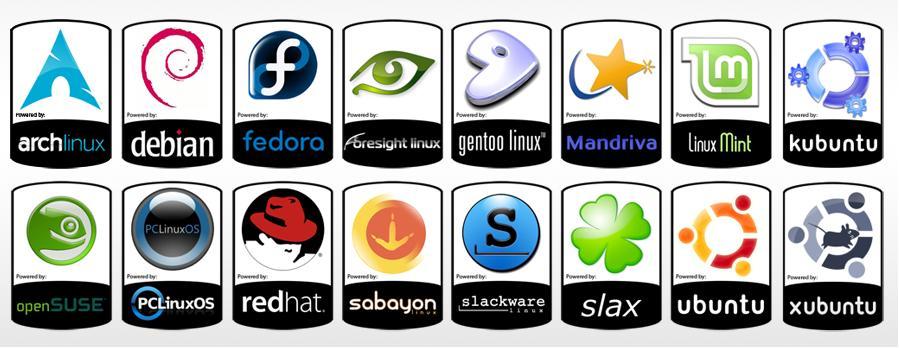In today’s era of AI-powered services, seamless integration between messaging systems and intelligent models is crucial. Whether you’re building a customer service chatbot, a predictive recommendation engine, or a transactional AI system — you need a fast, structured, and lightweight protocol to interface between traditional applications and your AI logic.
Enter the MCP Protocol — originally used in telecom messaging (like SMS), now adapted as a bridge between applications and AI models for structured, real-time communication.
🧠 What is MCP Protocol?
MCP (Multi-Channel Protocol) is a lightweight key-value protocol, typically used over TCP, to communicate messages in structured text formats. It’s fast, extensible, and ideal for sending and receiving structured commands and responses.
While MCP is traditionally used in telecoms (e.g., connecting VAS apps with Kannel or SMSC), it can be repurposed as a bridge protocol for:
- Sending structured queries to AI models
- Receiving intelligent responses
- Logging conversational context
- Managing user sessions
🔗 Why Use MCP for AI Communication?
- ✅ Lightweight & Fast – Lower overhead than REST or gRPC.
- ✅ Human-readable – Easy to debug and extend with custom fields.
- ✅ Push + Pull Friendly – Works well with both synchronous and asynchronous messaging.
- ✅ Plug-and-Play Integration – Easily used with message queues, TCP sockets, or AI inference servers.
📦 MCP Message Format for AI
MCP uses a key-value pair format per message, usually newline-separated. Here’s an example of how a user message might be sent to an AI model:
📨 Request Message (from app to AI):
type:inference
session_id:abc123
user_id:919999999999
input:What is the weather today in Delhi?
timestamp:1721772070
model:gpt-4
📬 AI Model Response (back to app):
type:response
session_id:abc123
user_id:919999999999
output:The weather today in Delhi is 32°C with light rain.
confidence:0.97
model:gpt-4
timestamp:1721772071
This format allows you to add custom keys like language, intent, token_count, etc., based on your use case.
🧭 Architecture Diagram
Here’s how MCP acts as the glue between client apps and AI models:
🛠 Example Use Case
+----------------+ MCP Protocol +--------------------+ API/SDK +-----------------+
| Client App | <-------------------------> | MCP AI Gateway | <-------------------> | AI Model Host |
| (Chat UI / | | (Python/Java/TCP) | | (e.g. OpenAI) |
| Webhook/API) | | ↘|→ Prompt Engineering +-----------------+
+----------------+ +--------------------+
↑ ↑
Session Mgmt Logging
Use Case: Smart Helpdesk Chatbot over MCP
- User Message: “I want to cancel my order”
- MCP-formatted request sent to AI
- AI parses intent (
cancel_order), checks status via REST API - MCP response: “Your order #1234 has been cancelled. Refund will be processed in 3–5 days.”
🧰 Tools & Implementation Suggestions
| Tool | Purpose |
|---|---|
| 🧾 Netty / Spring TCP Server | For Java-based MCP gateway |
| 🧠 FastAPI + SocketServer | Python-based lightweight AI inference gateway |
| 🧮 Redis / PostgreSQL | Session tracking, logging |
| 📊 Prometheus + Grafana | Monitoring AI responses & latency |
🧠 Bonus: Advanced Ideas
- 🔄 MCP + Kafka: Use MCP to handle real-time AI commands and push results to Kafka topics.
- 🔒 Secure MCP: Tunnel MCP over SSL or SSH for protected model interactions.
- 🤖 Chain AI Models: Use
modelfield to route requests to different LLMs (e.g., GPT-4, Claude, Gemini).
✅ Conclusion
MCP is not just a telecom protocol — it can be the messaging backbone of your AI-powered applications. Its structured, lightweight nature makes it a great fit for fast, structured communication with models — especially in low-latency, high-throughput environments.
Whether you’re building a smart IVR system, multilingual chatbot, or intelligent transaction assistant — MCP can bridge the old and the new with elegance.
